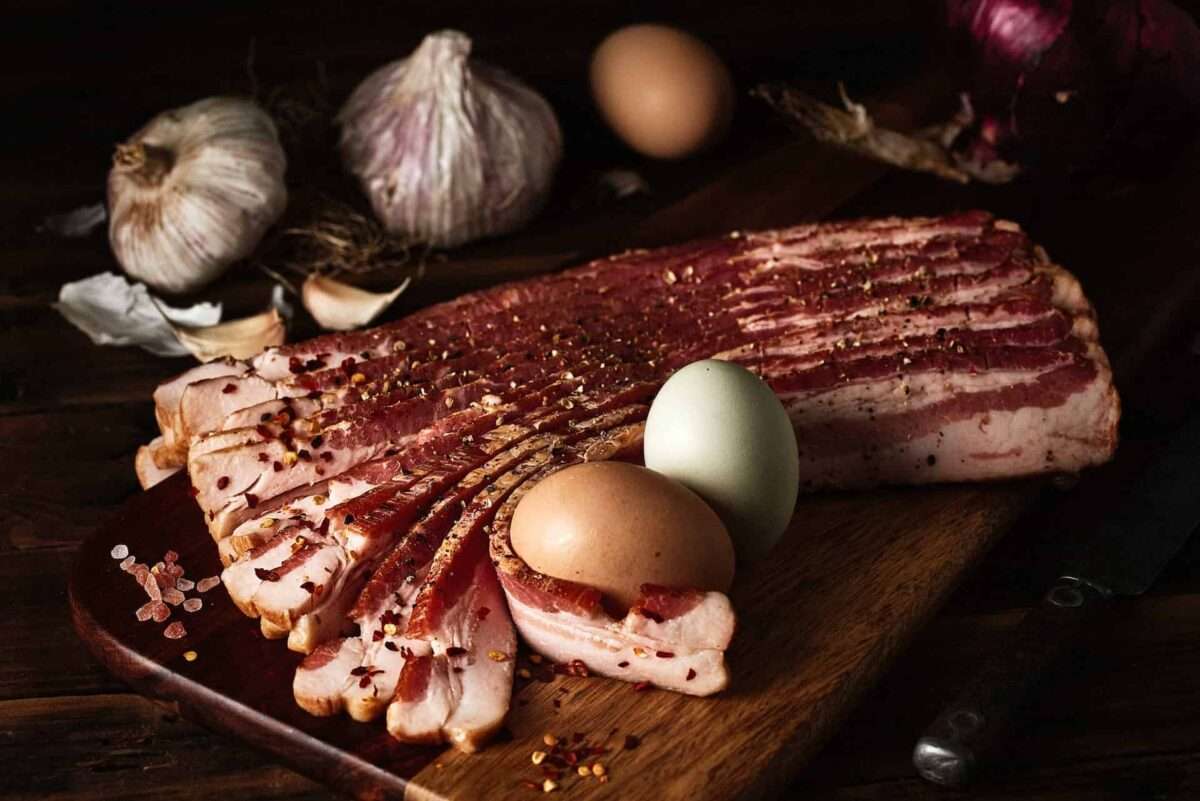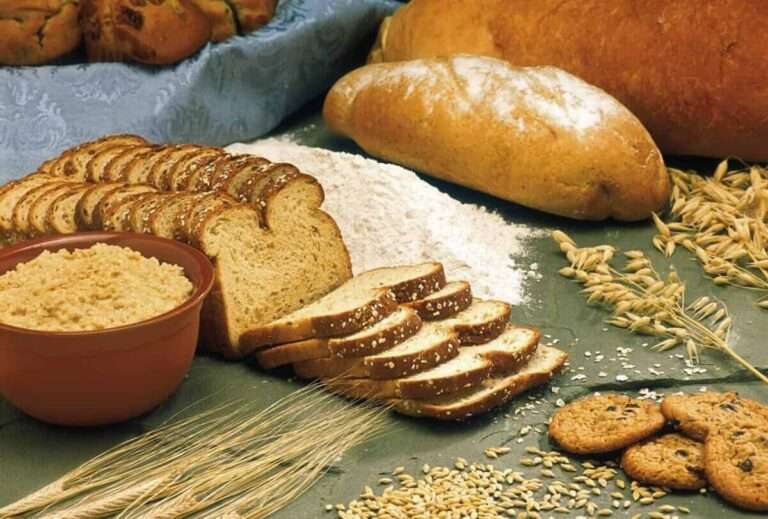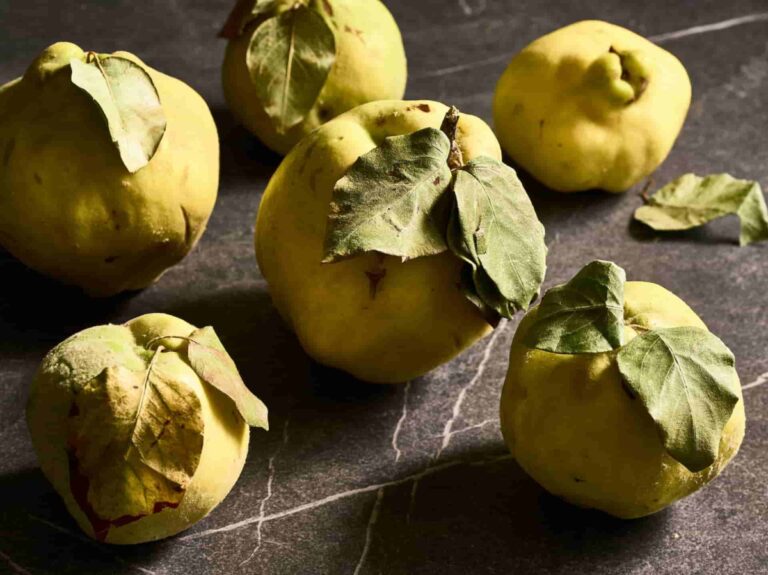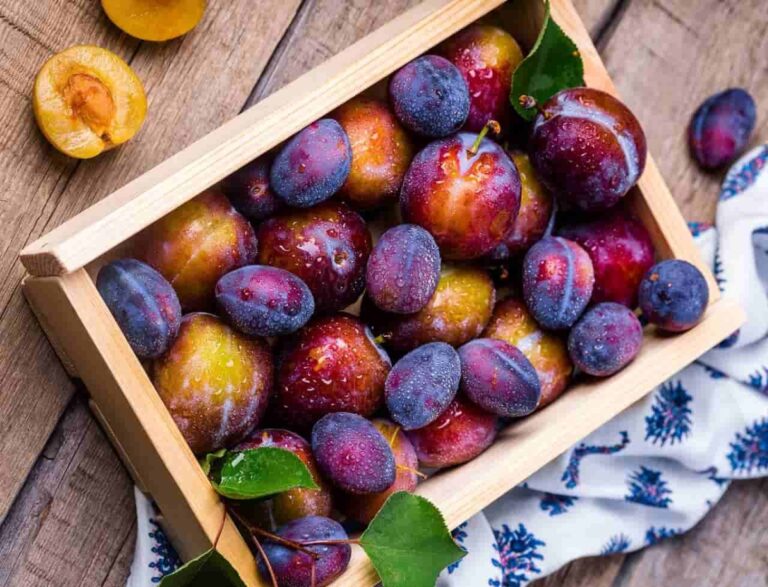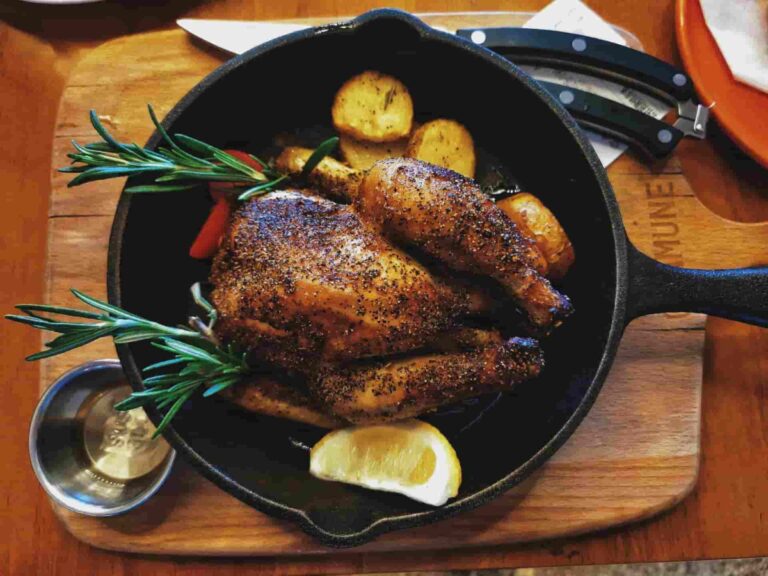Bacon 101- free tips and secrets for keto diet
Did you even know that the phrase “bringing home the bacon” does not literally imply “making money”?
- But in England during the 12th century, this statement had a very different meaning than it has now. Back in those days, churches would give a piece of bacon to every married man who swore before God that he and his wife had not fought for 365 days straight, as long as the male was the head of the household. Therefore, those who “brought home the bacon” were seen as exemplary husbands and citizens since they provided for their families.
- Bacon was first produced for the communities that its ingredients came from by local farmers and butchers. However, in the 18th century, a man by the name of John Harris established the very first facility for the preparation of bacon. Mr. Harris was the one who came up with a unique brining mixture that he termed the “Wiltshire Cure,” and it is still in use today.
- There is not just one, but two holidays dedicated to celebrating bacon. The third of September is celebrated as International Bacon Day, whereas the 30th of December is observed as National Bacon Day in the United States. You should therefore feel free to indulge in bacon on at least two separate occasions per year. To tell the truth, however, who really needs a justification to consume bacon?
- According to recent findings, bacon is a good source of choline, which is essential for the growth and development of the brain in developing babies. In addition to these foods, liver, steak, salmon, cauliflower, brussels sprouts, and breast milk are other good sources of choline.

Bacon nutrition values and health benefits
- People who follow a ketogenic diet often choose to eat bacon as an option since it has a high amount of protein but a relatively low amount of carbohydrates. In addition to this, it may assist in the absorption of vitamin D and help enhance one’s energy levels. The possible advantages of eating bacon are examined in further detail here.
- Your daily intake of potassium should be between 2,600 and 3,400 milligrams, and one dish of bacon has 172 milligrams of potassium. Potassium is a mineral that is required for nerve transmission, the contraction of muscles, as well as the function of the heart and kidneys. A lack of potassium in one’s diet may lead to high blood pressure, increase the likelihood of developing kidney stones, and reduce the calcium content of one’s bones.
- Additionally, a considerable number of B vitamins, such as vitamins B1, B2, B3, B5, B6, and B12, may be obtained through eating bacon. In addition to that, you will get 17 micrograms of selenium, which is around a third of the necessary daily dose for an individual. Phosphorous is another nutrient that is present in significant amounts in bacon; one dish has 134 micrograms.
- Selenium is essential for the proper functioning of the thyroid gland, as well as reproduction and the prevention of cell damage caused by free radicals. Phosphorous is necessary for maintaining healthy bones, producing energy, and carrying out chemical reactions.
- People who follow a ketogenic diet often choose to eat bacon as an option since it has a high amount of protein but a relatively low amount of carbohydrates. In addition to this, it may assist in the absorption of vitamin D and help enhance one’s energy levels. The possible advantages of eating bacon are examined in further detail here.
- Bacon is an excellent source of six of the eight different B vitamins, which are necessary for proper brain and body function. It is very necessary, in order to avoid developing a vitamin B deficit, to consume a diet that contains a sufficient quantity of B vitamins.
- It’s possible that the fat in bacon helps you feel more full. Studies have shown that if a customer likes the taste of a product, it may make a meal seem more complete and may even help with weight control. If you are someone who really enjoys bacon, you could discover that eating just a tiny bit of it will help you feel fuller for longer.
- Even though bacon allergies are very rare, they are not impossible to develop. An allergy to bacon may manifest itself at any time in a person’s life, just like any other kind of sensitivity to meat. Itching, hives, a rash, stomach cramps, sneezing, headaches, a runny nose, nausea, diarrhoea, and vomiting are some of the symptoms that may accompany a bacon allergy.
- It is possible to develop a reaction to nitrates or nitrites later on in pregnancy even if you have never had an allergy to these substances before. This is due to the formation of a molecule known as methemoglobin in the blood, which reacts with the preservative, producing stomach irritation and nausea.
- Bacon and other foods rich in tyramine should be consumed in moderation if you are using monoamine oxidase inhibitors, which are medications that are occasionally used in the treatment of depression. Cheese, processed fish and meat, beans, beer, and fermented foods are some examples of other foods that are rich in tyramine content.
35g of cooked bacon has 161 calories(673kj), 12g protein, 12g fat, and 0.6g carbs including 0.1g fibre

How to store bacon and how to buy them
- It is unlikely that you will find the best bacon in the department of your grocery store where you generally purchase it, which is in the refrigerator near the sausage. You’ll find the tastiest and most flavorful bacon at the meat or deli counter. At some establishments, the slabs of bacon are served whole and uncut. This provides you with the benefit of having the bacon chopped to the size that best suits your needs. Even the pre-cut bacon at these stations is a step beyond the pre-packaged kind in terms of quality. Another perk for me is that I can have as much bacon as I want whenever I want to.
- When it comes to bacon, the adage “you get what you pay for” couldn’t be more accurate. It takes a lot of time to make exceptionally delicious bacon. Because of this, time is money in the food sector. Therefore, some firms that produce inexpensive bacon may inject their product with chemicals such as sodium nitrate. It is possible to purchase bacon that has not been cured or nitrate-treated in any way. These substances are not in any way beneficial to your health, and there is some evidence to suggest that exposure to them may increase one’s risk of developing cancer. In addition to this, the companies don’t truly smoke their bacon; instead, they add liquid smoke to it.
- If you decide to buy bacon from the refrigerator case of the supermarket, you should look for bacon that is labelled as “centre cut.” This bacon is cut from a portion of the hog belly that is lower in fat and has more meat. It would be beneficial to have more meat and less fat. The majority of big bacon manufacturers will provide a centre cut variety of their product.
- After being bought, bacon may be stored in the refrigerator for up to two weeks provided that the packet has not been opened during that time. However, after the seal has been broken, the bacon must be cooked within seven days, and any remaining bacon must be wrapped in plastic wrap, placed in a container with a tight-fitting lid, and stored in the refrigerator until it is required.
- Bacon, similar to other protein or meat items available on the market, will often have a sell-by date label rather than an expiry date printed on it. Because of this, you are free to continue consuming your bacon even after the day on which it should have been sold has gone. Is it possible to eat your bacon even when it’s been sitting there? What does bacon that has gone bad look like? It is not difficult to determine whether or not your bacon has gone rotten. You can tell whether bacon is spoiled in one of these three ways:
- If your bacon has retained its original pink hue, with the fat appearing white or yellow, then it is still safe to eat. If you find that some of your bacon has turned brown or grey with a hint of green or blue, then you may assume that it has already gone bad. A chemical reaction takes place on the meat as a result of prolonged contact with air; this reaction is what produces the change in colour.
- When bacon is fresh, it will always have the aroma of real flesh. If the bacon smells rancid, fishy, or rotten, or if it simply smells particularly terrible overall, then it has gone bad. A putrid odour may result from the development of bacteria or rancidity in bacon.
- The best bacon is chewy, mushy, and dripping with moisture. A piece of spoiled bacon has a slimy texture to the touch and a sticky gloss all around it. The production of slime on meat is caused by bacteria that produce lactic acid.
- It is in everyone’s best interest to get rid of ruined bacon as soon as possible so that it does not infect any other pork products. It is imperative that you seal it in plastic before discarding it so that the odour does not permeate the rest of your kitchen.
- One method to keep a longer time that is both efficient and effective is to roll individual slices and then store them in freezer bags. It is possible to preserve bacon indefinitely if it is frozen, which is how it is often sold at farmer’s markets. Nevertheless, for the bacon to provide the greatest results, it should be used within two months of being purchased.

Cooking techniques, secrets, and tips from the kitchen
- You may choose to fry, dry fry, or grill your bacon. To fry, heat one tablespoon of oil in a frying pan until it is hot, add the bacon, and fry it for one to two minutes on each side for streaky or back rashers, or for three to four minutes on each side for steaks. Only the melted oil from the meat is used in the dry-frying process, making it a healthier alternative to the traditional way of frying. Start cooking streaky or back rashers in a cold non-stick frying pan over low heat. Once some fat begins to drip out, raise the heat and continue cooking for one to two minutes on each side.
- Before serving, the bacon may be drained on kitchen paper to remove any extra fat that may have been produced by any technique of frying. To cook bacon on a grill, first bring the temperature of the grill up to its highest setting, then lay the bacon rashers on the grill pan and cook them for two to three minutes on each side, depending on how crispy you prefer your bacon. Grill steaks for 3–4 minutes. If you want your bacon crispy, you will get a better outcome if you grill it instead of frying it, since grilling is a healthier technique of cooking than frying.
- People choose to consume turkey bacon for a variety of reasons, including the health benefits, adherence to religious rules, and other concerns. However, it is used in the same manner as bacon while having a lower total amount of fat and dietary energy. The turkey bacon is cooked in a pan using the frying method. There is a possibility that smoked turkey bacon made from dark meat will have less than 10% fat after preparation. Because turkey bacon has a low fat level, it does not shrink when it is cooked, and it has a tendency to stick to the pan when it is cooked. Both of these characteristics are due to the fact that turkey bacon has a low fat content.
- “Macon,” which is made in the same manner as bacon made from pigs and uses chunks of sheep that have been cured, is a French delicacy. Historically, it was produced in Scotland, but during World War II, as a consequence of food rationing, it quickly spread across the rest of the United Kingdom. It is now available on the market as a substitute for bacon; it is produced particularly for the Muslim market and offered by halal butchers; it is cosmetically similar to pig bacon, with the exception of the darker hue; it is now accessible as an alternative to bacon.
- The term “vegetarian bacon” refers to a kind of bacon that is made completely out of plant ingredients (also known as veggie bacon, or vacon). It is a good source of protein and fibre, and it does not contain any cholesterol at all. In addition to that, it has a low calorie count. There are around 310 kilojoules in two slices of bread (74 kcal). It’s common practice to make vegetarian bacon replacements out of tempeh or textured soy protein that has been cured in a special marinade (fermented soybeans).
- It is common to refer to pancetta, a kind of cured pork that is shaped into a roll, as Italian bacon. Pancetta is not smoked in any way. In contrast to butcher shops and other specialised establishments, where pancetta is often sold in thick, rectangular slices or already diced, it is typically offered in grocery stores either in thick, rectangular slices or already diced.
- You can get Chinese bacon at the majority of Asian grocery stores and specialty shops. In addition to the conventional smoked and unsmoked varieties, there will also be a “signature” blend of spices and flavours available, which will include wine and fish sauce. The types that are either very sweet or quite smoky and have a good amount of seasoning are my favourites.
- There are a number of other uses for bacon besides simply for breakfast. In recent years, bacon has expanded its culinary horizons beyond its traditional pairing with eggs, making its way into a wide array of sweet and savoury delicacies. Another reason is that bacon has a unique flavour that is also versatile, which is why it is increasingly being used in sweet dishes as both a headliner and an undercurrent to bring out the flavours of other ingredients.
- Recipes that include bacon include bacon and eggs, sandwiches, Cobb salad, and a variety of bacon-wrapped delicacies such as scallops, shrimp, and asparagus, amongst other things. Bacon may also be used in salads. There is also bacon jam and bacon marmalade that may be purchased commercially and consumed.
- The topping of dishes, including pizza, salads, sandwiches, hamburgers, baked potatoes, hot dogs, and soups, is by far the most common use of streaky bacon. The sliced kind of smoked back bacon is used somewhat less often than the streaky variety, but it may sometimes be seen on pizza, salads, and omelettes, amongst other foods.
- Additionally, bacon may be used as an accent in dishes, such as crumbling it and adding it to green beans, topping meatloaf with it, or sautéing it until it is crispy, to name a few examples.
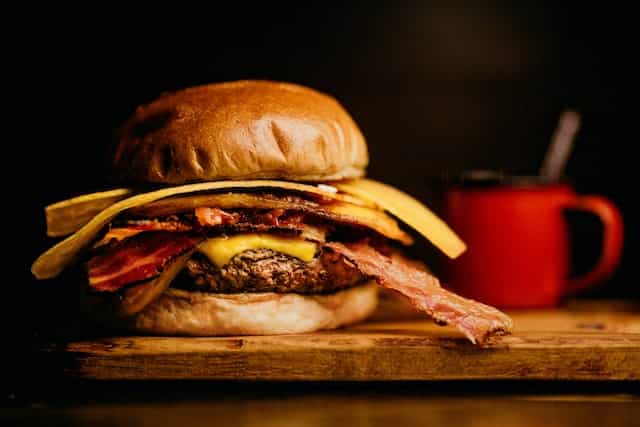
History of bacon from the beginning until today
- Pigs were first domesticated in China around 4900 B.C., and they were being produced in Europe by 1500 B.C., making bacon one of the oldest foods on the planet. Bacon was first cured with salt in China around 1500 B.C., producing an early type of bacon. Pigs were also domesticated in China around 4900 B.C.
- During their conquest of the Middle East, the Romans and Greeks may have picked up certain skills related to the production and curing of bacon. The Romans perfected pig breeding and significantly increased the amount of pork they produced throughout their enormous empire.
- They called it “petaso” in ancient Rome, and it was an early version of bacon prepared from pig shoulder that had been cooked in dried fruit and served with wine. It was created by preparing the pork shoulder in a slow cooker.
- Throughout the whole of the Middle Ages, Anglo-Saxon peasants in England had a steady supply of bacon and bacon grease in their homes’ kitchens.
- It has been suggested that the name “bacon” comes from a number of different roots, including the French word “bako,” the Germanic word “bakkon,” and the Old Teutonic word “backe,” all of which relate to the back of a hog. In the 16th century, the terms “bacoun” or “bacon” were used to refer to any kind of pig product.
- It wasn’t until the 17th century that the word “bacon” came to be exclusively used to refer to the salted and smoked belly that we know today as bacon. Pigs that could produce bacon were bred in the regions of Yorkshire and Tamworth, where they did particularly well.
